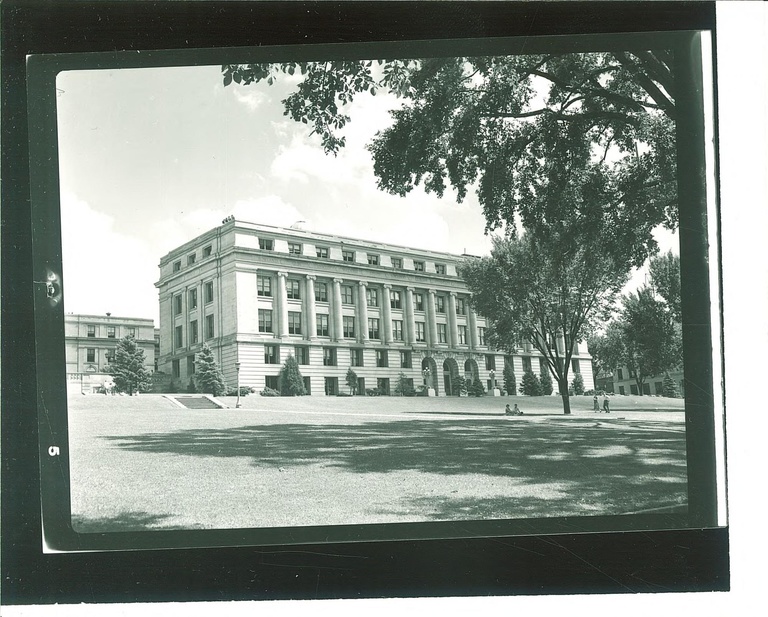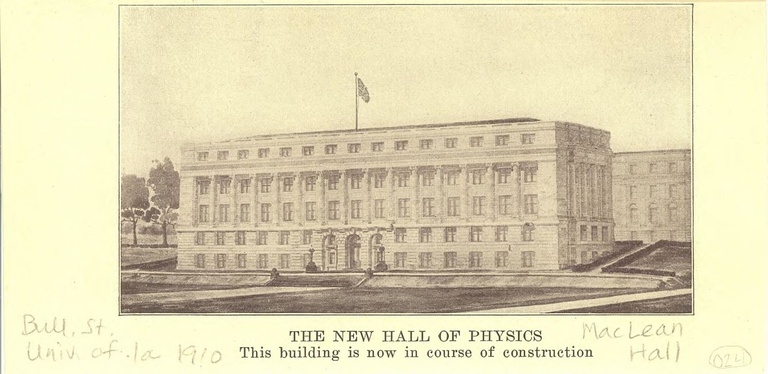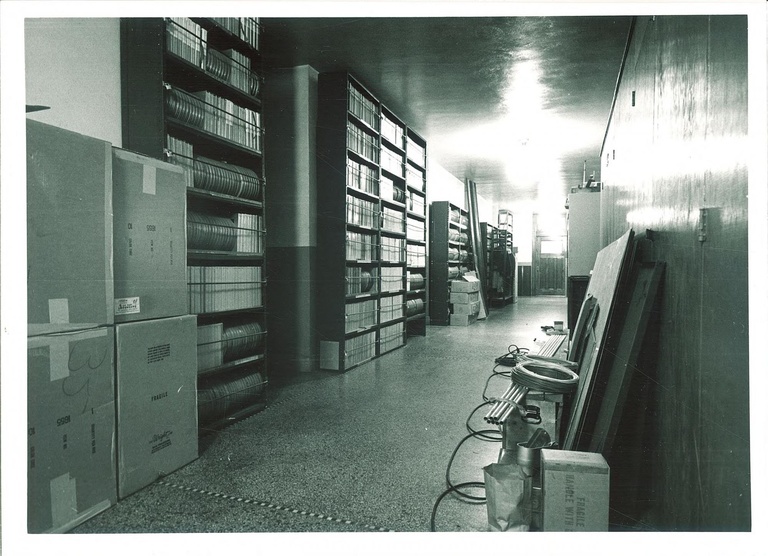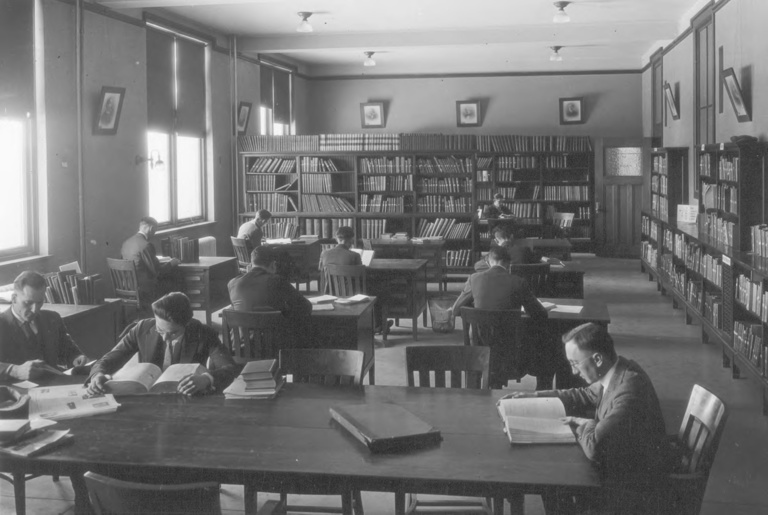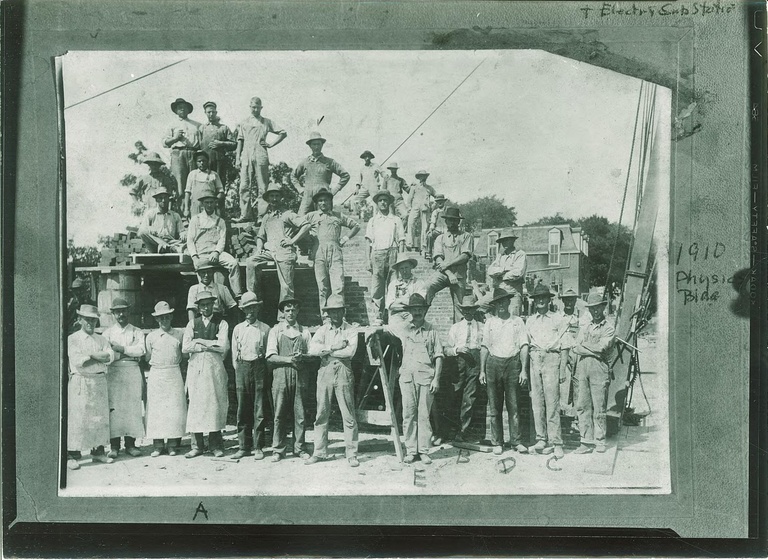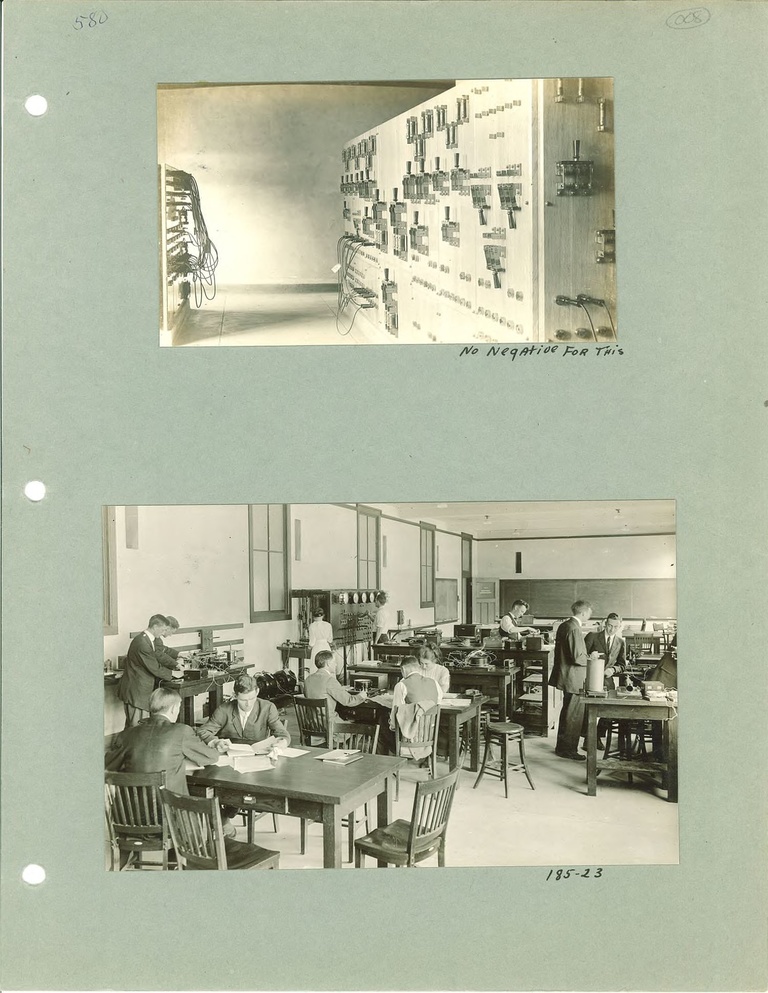The University of Iowa is seeking state funding to modernize an iconic building on campus that is home to one of the fastest-growing undergraduate programs.
MacLean Hall houses Iowa’s computer science and math departments. Computer science is a fast-growing course of study with more than 1,000 graduate and undergraduate majors. Computer science grads join many tech-related professions needed throughout the state of Iowa.
The Board of Regents, State of Iowa, on Sept. 16 approved the university’s $27.9 million legislative request to modernize MacLean Hall, situated on the southwest corner of the Pentacrest. The request now will go to the Iowa Legislature for consideration during the next session, which begins in January. State funding for building projects at institutions the board oversees is considered separately from general, ongoing expenses.
The MacLean renovations would be the first in a series of sorely needed upgrades to three of the five buildings that make up the Pentacrest—MacLean, Jessup, and Macbride—that have remained largely untouched for 100 years.
The other two buildings, Old Capitol and Schaeffer Hall, were renovated in 2006 and 1998, respectively. Plans to update MacLean, Jessup, and Macbride were in the works as early as 2007, but were derailed by catastrophic flooding the following summer that forced the university to reprioritize its construction itinerary.
“The Pentacrest is the heart of our campus, and it’s vital that we keep these buildings up to date so they can effectively support our core mission of academics and serve our students,” says Kevin Kregel, executive vice president and provost.
If approved by the legislature, design work could begin as early as spring 2022, but no visible construction would take place until 2023. The renovations would correct safety deficiencies, improve accessibility, add new wiring and communications capabilities, modernize classrooms to meet university and industry standards, improve restrooms, renew lighting, and refurbish the exterior in keeping with its historical character. HVAC systems throughout the building also would be upgraded.
“These buildings are historic in nature and are extremely valuable to the university. They’re keepers, and you want to put the programs back into buildings that belong there long term,” says Rod Lehnertz, senior vice president for finance and operations. “It’s a priority for the university to shift its focus to how we can better serve the needs of our students by returning the most centrally located buildings on our campus to academic space and student-oriented functions.”
Without the modernization and efficiency improvements, MacLean Hall and its companions will become more costly to the university. The current deferred maintenance backlog for MacLean alone is estimated at $8 million. If not attended to, this figure will grow rapidly during the next 10 years, and work could increasingly interrupt the building’s academic mission.
“The buildings that comprise the Pentacrest contribute to the character and image of the university,” says Lehnertz. “The preservation of these iconic buildings is of vital importance to our students, alumni, faculty, and staff. It is possible to continue to defer renewal, maintenance, and upgrades; however, doing so would be a costly short-term solution for some of the most significant buildings on our campus.
“It’s time to focus on these buildings at the very core of our campus and make sure they are once again academically oriented and focused on student success.”
The history of the Pentacrest
The Pentacrest comprises four monumental limestone halls organized on diagonal axes around Old Capitol, the original capitol building for the state of Iowa. “Pentacrest,” which means “five on a place of prominence,” was chosen after a 1924 naming contest sponsored by the Daily Iowan in celebration of the completion of its final building, Jessup Hall.
- Old Capitol (center) became the university’s first permanent building in 1857 when the state legislature moved from Iowa City to Des Moines. It has been designated a National Historic Landmark. After a 2001 fire that destroyed the cupola and dome, the building was restored in the spirit of its original design. It was originally constructed 1842, and has served multiple collegiate and academic purposes. It hosted the office of the UI president until 1976, when it was converted to a museum celebrating the history of the University of Iowa, Iowa City, and the state of Iowa.
- MacLean Hall (upper left) was the third of the four buildings erected to anchor the Pentacrest. Its cornerstone was laid in 1910, and it opened in 1912. It is named for George E. MacLean, who served as the eighth president of the university, from 1899 to 1911.
- Jessup Hall (upper right) is named for Walter Jessup, one of the university’s most visionary leaders and who served as its 11th president from 1916 to 1934. It was built in 1924 and became the final building on the Pentacrest.
- Schaeffer Hall (lower left) opened in 1902 and is named after Charles A. Schaeffer, who served as the university’s seventh president, from 1887 to 1898. Schaeffer is credited with developing a comprehensive building plan for the university and first envisioning the layout of the Pentacrest. The plan for the Pentacrest was inspired by the 1893 World’s Fair in Chicago. The building was remodeled and modernized in 1998.
- Macbride Hall (lower right), built in 1908, houses the largest classrooms on campus as well as the nation’s oldest university museum west of the Mississippi. It is named after Thomas Huston Macbride, who served as the 10th president of the university from 1914 to 1916.
